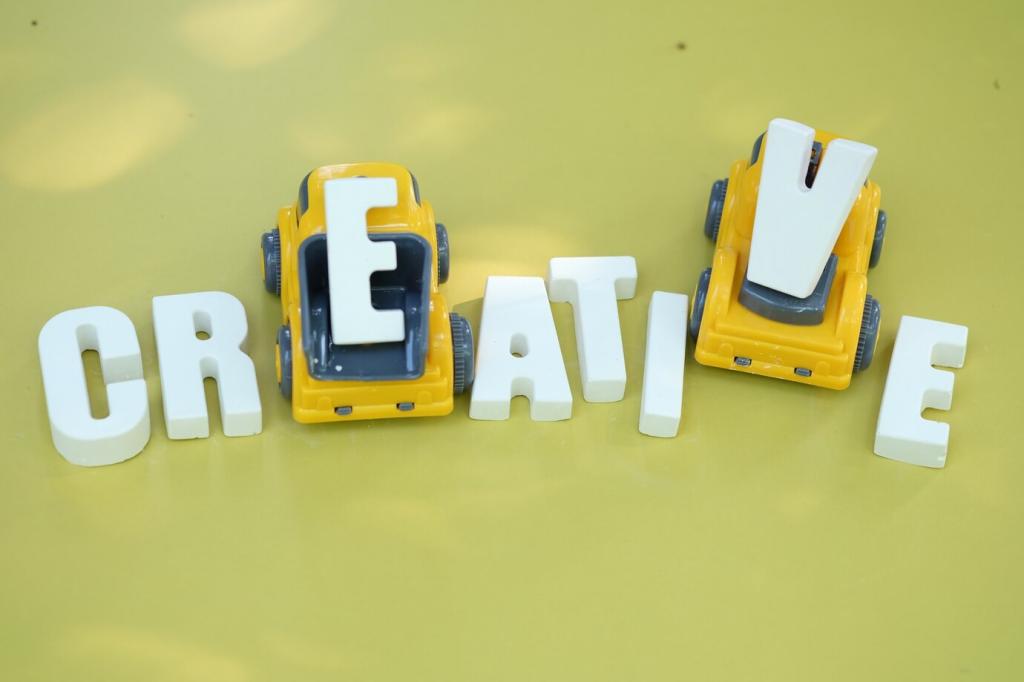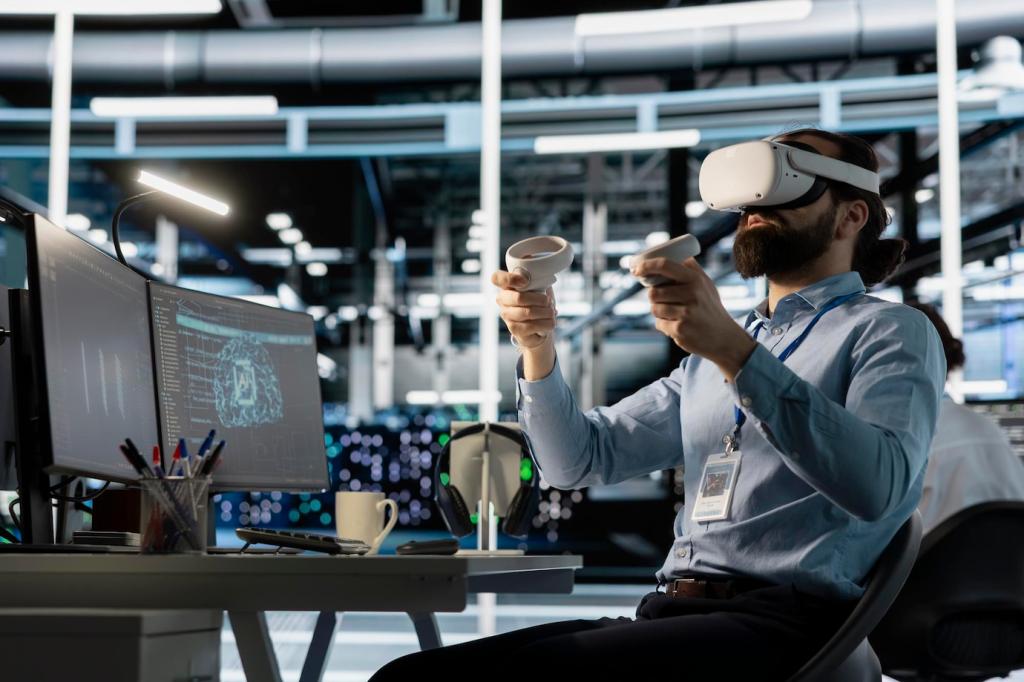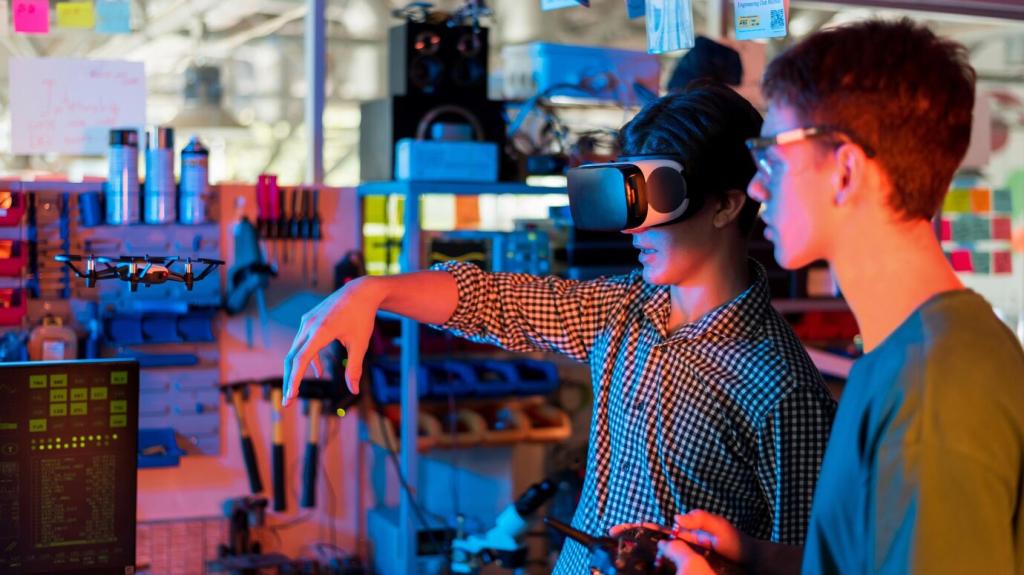This website uses cookies so that we can provide you with the best user experience possible. Cookie information is stored in your browser and performs functions such as recognising you when you return to our website and helping our team to understand which sections of the website you find most interesting and useful.

The Impact of Virtual Reality on Home Interior Design
Virtual reality is redefining the landscape of home interior design, transforming how homeowners, designers, and architects envision, plan, and execute living spaces. With immersive digital experiences now available at our fingertips, VR brings a level of realism and interaction previously unimaginable. This technology bridges the gap between concept and reality, offering unparalleled opportunities for creativity, experimentation, and personalization. As we explore the impact of virtual reality on home interior design, we uncover its transformative potential, from the way ideas are visualized to the collaborative processes it enables. The following sections delve into the nuanced shifts and developments VR has catalyzed across the interior design industry.
Immersive Visualization and Conceptualization
Tailored Virtual Walkthroughs

Customization in Real Time
Cost-Effective Planning and Error Reduction
Minimization of Design Errors
Budget-Friendly Experimentation
Streamlined Procurement
Bridging Remote Collaboration and Global Inspiration



Sustainability and Eco-Friendly Design Initiatives

Informed Material Selection

Reducing Design Waste


